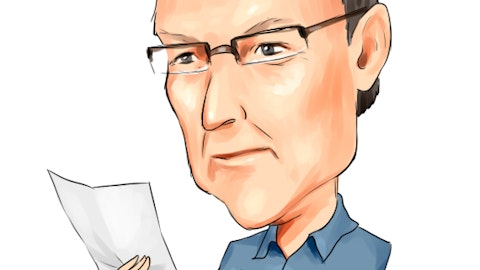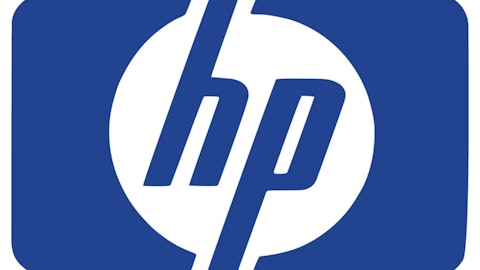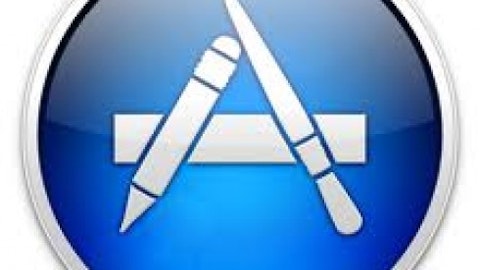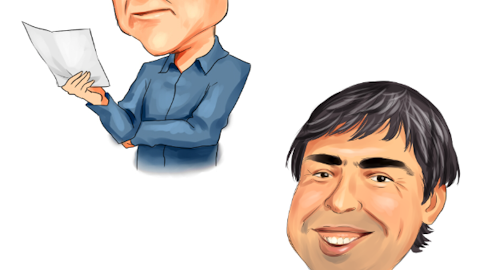On this day in economic and business history…
Apple Inc. (NASDAQ:AAPL) didn’t invent the tablet computer in 2010, but it came very close to creating the category nearly two decades earlier. It was on Aug. 2, 1993 that Apple launched the Newton Messagepad, one of the earliest “personal digital assistants,” or PDAs. Although called a PDA — a term coined by Apple’s then-CEO John Sculley — the Newton far more closely resembled the broadly functional tablets that would arrive many years later.

Source: Wikimedia Commons.
Development of the Newton had begun all the way back in 1986, only a year after founder Steve Jobs had been forced out of the company. That year, Sculley commissioned a set of video mockups for a product decades ahead of its time. Called the Knowledge Navigator, the product would be nothing less than the next step forward in computing at a time when most people still used computers to play Oregon Trail or create basic spreadsheets. Gizmodo’s Tom Hormby explains how the Knowledge Navigator appeared in Sculley’s mind and how this product worked its way through Apple Inc. (NASDAQ:AAPL) from concept to finished product:
Knowledge Navigator was going to be a tablet the size of an opened magazine, and it would have very sophisticated artificial intelligence. The machine would anticipate your needs and act on them. One video showed a college professor working with the device to effortlessly prepare a lecture while the computer created the graphics and simulated different models. …
[Early Apple Inc. (NASDAQ:AAPL) employee Steve Sakoman] hoped that eventually keyboards would be rendered obsolete and people would use touchscreens to interact with computers equipped with handwriting recognition software. … To keep the talented Sakoman from defecting, [Macintosh chief Jean-Louis] Gassee proposed creating a skunk works project to create an Apple handheld computer.
Sakoman’s end goal for Newton was to create a tablet computer priced about the same as a desktop computer. It would be the size of a folded A4 sheet of paper and would have cursive handwriting recognition and a special user interface.
To run the enormously demanding handwriting recognition software, the tablet would have three AT&T Inc. (NYSE:T) Hobbit processors. Sakoman and Capps feared that the project would balloon in scope and ultimately create something so expensive that it would flop.
The worst of Sakoman’s fears came true. The engineers had no restrictions on size or cost, so they started piling features onto the product. The first Newton would be an A4 sized slate with a hard drive, an active matrix LCD, and infrared for high speed, long distance networking. Named Figaro, the product would cost well over $6,000 and wouldn’t be released until 1992.
All of this development occurred before the start of the 1990s. Gassee resigned in 1990 and left Apple Inc. (NASDAQ:AAPL) to found his own company. Sakoman went with his former boss, and the Newton project became temporarily imperiled by a lack of direction and internal competition from another skunkworks group developing a similar device.
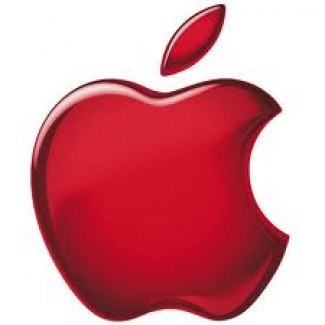
Newton’s advanced software overwhelmed the reduced specs required for this cheaper product, so hardware engineers were forced to look beyond AT&T Inc. (NYSE:T)’s underpowered processors. As chance would have it, the company soon found an alternative: Advanced RISC Machines, now known as ARM Holdings plc (ADR) (NASDAQ:ARMH), a spinoff of British computer manufacturer Acorn that now develops the most widely used chip architecture in the world.
Apple Inc. (NASDAQ:AAPL) played an important role in ARM Holdings plc (ADR) (NASDAQ:ARMH)’s creation, as it took a 43% stake in the privately held company upon its spinoff in 1990 to support production of the processors it needed for the Newton project. Though Apple no longer retains a significant stake in ARM, the company was also largely responsible for ARM’s rise to mobile prominence years later, as its selection of ARM chip designs for the iPhone set an industrywide preference that continues to this day.
Newton was not ready in time for its planned 1992 launch, but Sculley was not shy about promoting PDAs as the next big thing in computing at that year’s Chicago Consumer Electronics Show. That show also marked the debut of beta-version Newtons, which wowed the crowd with a demo that showed off a pizza-ordering “app” using visual icons to represent toppings and utilizing faxes as a means of order placement. This was a big deal, considering the fact that the Internet wouldn’t become popular for several more years, and even then online pizza-ordering didn’t catch on until much later. Another hyped demo early in 1993 at a CES in Las Vegas only served to pump further interest in the device. Apple Inc. (NASDAQ:AAPL)even took the unusual (for Apple) step of licensing some of Newton’s core technologies to other companies in hopes of spurring wider adoption.

Source: Jeff Kubina via Flickr.
Apple Inc. (NASDAQ:AAPL) fell on difficult times right as the Newton readied for launch. Sculley resigned after a disastrous third quarter in 1993. The company laid off 15% of its workforce. The Newton software was riddled with bugs. And AT&T Inc. (NYSE:T), which Apple had spurned in favor of ARM Holdings plc (ADR) (NASDAQ:ARMH)’s processors, had pushed out a competing tablet-like device called the EO Personal Communicator several months earlier. But Apple pressed on. With $100 million invested in developing the product, the company could hardly afford to abandon it or watch it fail. Finally, at Macworld in Boston on Aug. 2, 1993, the Newton went on sale. Harry McCracken, writing for Time‘s Technologizer blog, highlights what a flop the product was:
The earliest MessagePad reviews tended to accentuate the positive, but public sentiment quickly turned against Apple’s PDA, so much so that the Newton remains convenient shorthand for “technology flop.” People remember that the handwriting recognition didn’t work — or, more specifically, that Garry Trudeau’s Doonesbury featured a week-long sequence in August of 1993 in which the handwriting recognition on Mike Doonesbury’s Newton-like PDA didn’t work. They recall that the Newton didn’t sell in huge numbers. They know that Steve Jobs axed it when he returned to Apple Inc. (NASDAQ:AAPL) in 1997. …
What Newton wasn’t was a hit. Apple Inc. (NASDAQ:AAPL) sold 50,000 MessagePads in the device’s first three months on the market; the company trumpeted this figure as evidence that the gadget was selling briskly, but it was more likely a major disappointment. (In July 1992, MacWEEK’s Jon Swartz reported that the company expected to sell a million Newtons in the first year.)
A lavish 1993 coffee-table book on the Newton project was titled Defying Gravity, but Newton’s problem was that it never quite took flight. In the six years between its premature debut and untimely death, it wobbled and sputtered like a leaky balloon, neither soaring nor crashing.
One estimate pegged the Newton’s lifetime sales in the range of 300,000 units. The initial “surge” of launch orders quickly tapered off once public sentiment turned, and Apple Inc. (NASDAQ:AAPL)’s ambition for the Newton simply couldn’t be produced in a package that was inexpensive enough to be popular. What users were left with was an overpriced, under-functional “tweener,” a device later derided by Jobs as neither properly phone-sized nor tablet-sized — too big to carry in a pocket but too small to functionally replace a laptop.
Jobs himself took issue with the Newton, telling The New York Times shortly before launch: “They are going to have trouble getting the volume up. If Apple Inc. (NASDAQ:AAPL) was doing really well they could forward-price [sell at a loss to create volume] them, but there is no way they can sell enough Newtons at $700 and up.” When he returned in 1997, Jobs canned the Newton lineup, and Apple would not return to the “tablet” category again until 2010, when Jobs unveiled a product that applied the technologies of an iPhone scaled up, rather than those of a computer, scaled down. By this point, technology had finally advanced to make John Sculley’s dream a reality, 25 years after he had first dreamed it up.

Source: Ivan Bandura via Flickr.
The article Why the First Tablet Failed originally appeared on Fool.com and is written by Alex Planes.
Fool contributor Alex Planes holds no financial position in any company mentioned here. Add him on Google+ or follow him on Twitter @TMFBiggles for more insight into markets, history, and technology.The Motley Fool recommends Apple. The Motley Fool owns shares of Apple.
Copyright © 1995 – 2013 The Motley Fool, LLC. All rights reserved. The Motley Fool has a disclosure policy.
